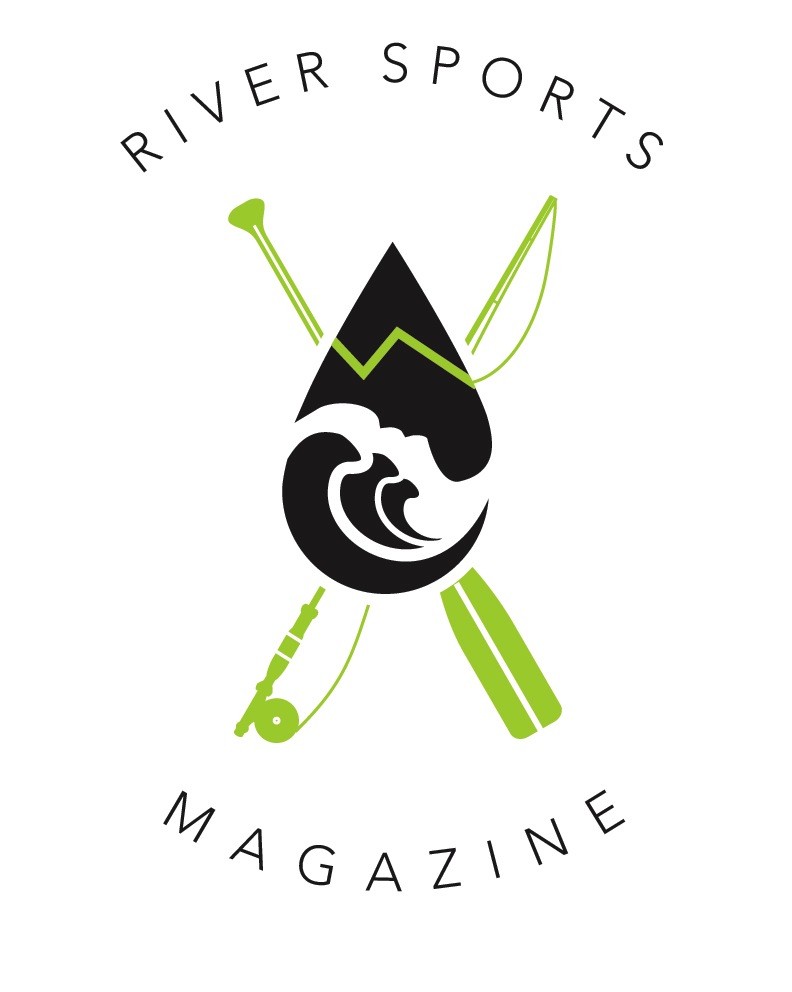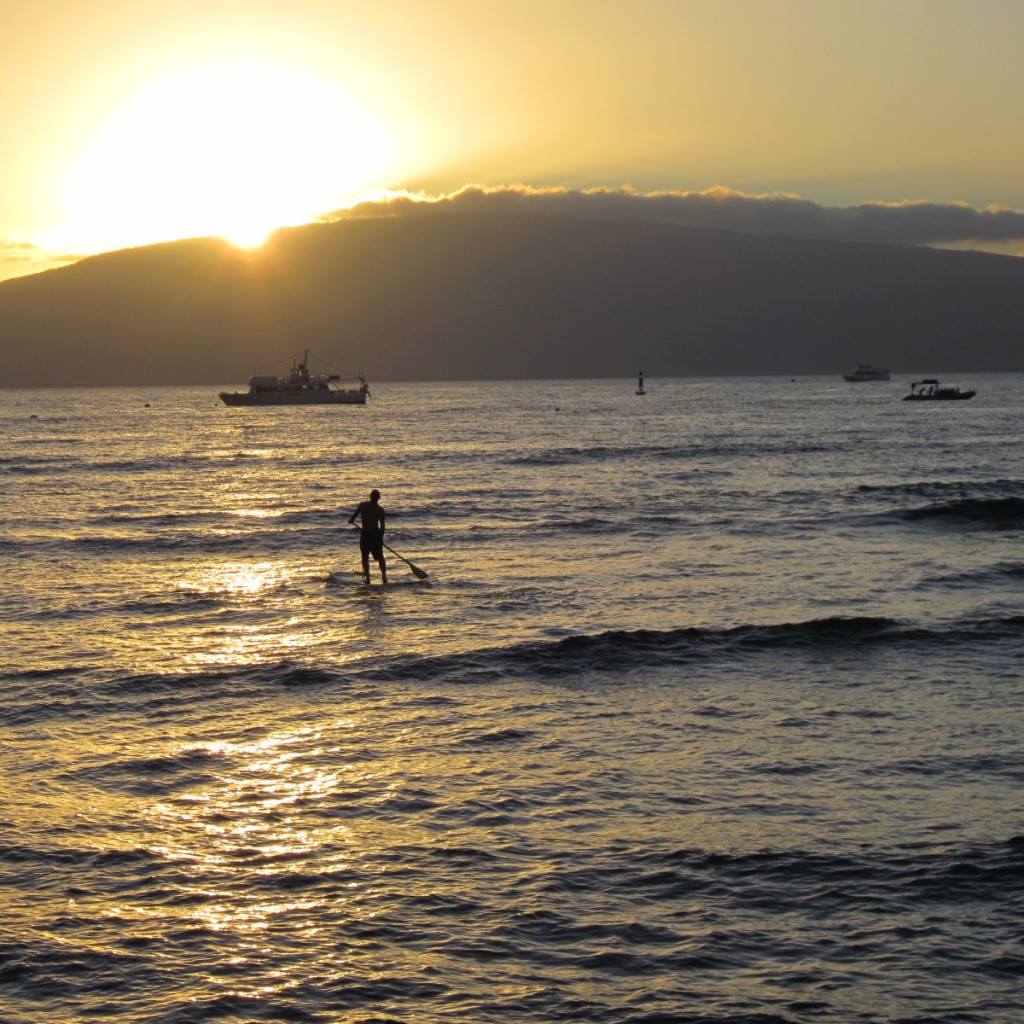By now, most of us have heard of, seen, or attempted Stand Up Paddleboarding, the latest and greatest water activity catching on like fish to water around the country. While this seems a relatively new water sport to land dwellers like myself (not too much surfing going on here in Canada, unless you live near the ocean and don’t mind freezing cold water), the origin of SUP is more than 50 years old.
Stand Up Paddleboarding began purely by accident. Conflicting reports say either in the 50s or the 60s era. Surf instructors around the Polynesian islands used a paddle to hold themselves up in place on their surfboards for photographers taking their pictures. The surfers themselves also paddled out into the water to take pictures of tourists trying their luck at surfing, and a new sport was born! More recently, surfboarders partake in Stand Up Paddleboarding for excellent core workouts to improve their game, and it has developed as a fun water sport from there.
Originally described as “Beachboy Surfing,” SUP aptly developed over the years in Hawaii, where surfing is an integral part of everyday life for most natives. The Hawaiian translation is Ku Hoe He’e Nalu – to stand, to paddle, to surf a wave. However, Stand Up Paddleboarding as we know it today did not come into its own until the last decade.
John Zapatocky, one of the earliest pioneers of this style of paddling, started using a paddle in the 1940s and still “Beachboy Surfs” in Waikiki, at least up until last year, at the age of 92. So, age is no excuse to not try Paddleboarding. Check out the videos of John on YouTube for further inspiration.
Custom surfboard shaper Jimmy Lewis is known to have manufactured one of the first modern Stand Up Paddleboards, the “All Around,” in 1968. But the Standup World Tour was only established in 2009 with the first Standup World Series Championship races held at Turtle Bay Resort in Oahu, Hawaii, September 13–14, 2012.
The Standup World Tour has grown to events in six countries with 15 different nations participating in discovering the best SUP World Champion. August 8, 2007 was the date of what is now known as first ever SUP race and first ever SUP only event. Held on the North Shore of Lake Tahoe in Tahoe City, California, this was a seven mile race, with 34 competitors, from men and women from Lake Tahoe, Santa Cruz and San Diego. This was also the beginning of the Quiksilver Ta-Hoe Nalu Paddle Festival. 2012 marked the sixth year of what is now known as the oldest SUP event in the world, drawing more than 4,000 spectators and more than 400 competitors from around the world to compete.
I naively thought Stand Up Paddleboarding was simply balancing on a board and paddling about, serenely watching the beautiful scenery go by. Not so. There is so much more to SUP than that. From a means to getting out into the surf, SUP has blossomed into myriad water sports. From paddle racing to paddle surfing, to SUP fishing and river SUPing, wherever the human imagination can go, it will come up with a fun and challenging new way to use a board and paddle on any body of water available. There is even Stand Up Paddleboard Yoga, which at first may seem a bizarre twist on an exercise in humiliation. However, it is for all ages and physical abilities, and apparently, anyone can learn balance.
Presently there is an environmental spin on SUP with Paddle for the Planet Day, a proud supporter of the David Suzuki Foundation. Check out http://paddlefortheplanet.org/welcome/ and http://distressedmullet.com/events/world-paddle-planet-day for more information on how to take part in this cool, worldwide event.
Stand Up Paddleboarding is quickly becoming a popular new water endeavor for people of all ages and backgrounds. With festivals floating up all over the world, it will be interesting to see what new sports grow from this groovy new way to enjoy the great outdoors.
Hang ten and keep on paddling!


Leave a Comment